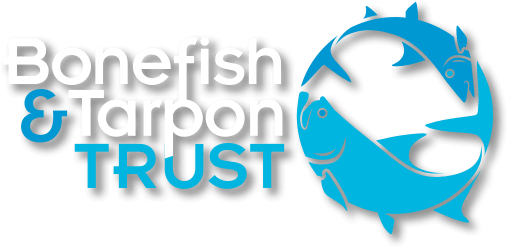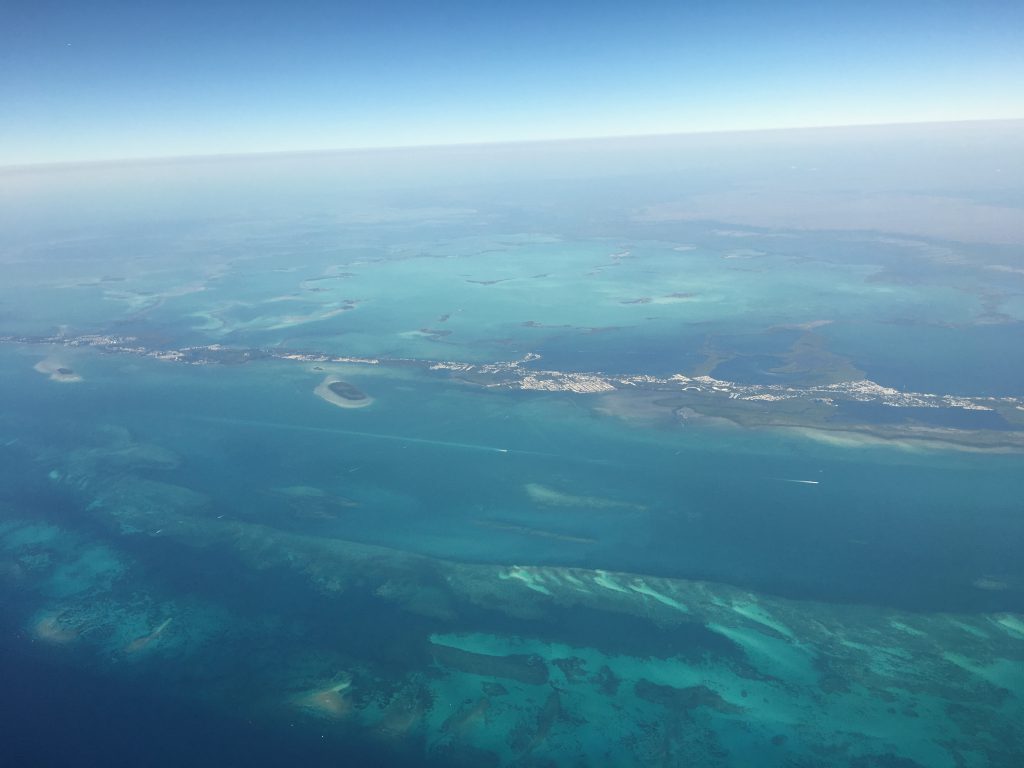A hallmark of BTT’s success over the years has been its collaboration with others who share our concerns—and aspirations—for healthy flats fisheries. In the Florida Keys community, where every BTT initiative relies on partnership, we are benefitting from unprecedented levels of collaboration in pursuit of the mission.
Take for example the important question: Where do Keys bonefish come from? As this issue goes to press, BTT is concluding three years of bonefish genetics sampling. Thousands of bonefish fin clips collected by hundreds of anglers from the Keys, Caribbean, and Gulf of Mexico are being analyzed at the Florida Fish and Wildlife Research Institute, the research arm of the Florida Fish and Wildlife Conservation Commission. The genetic analysis will show the extent to which the Keys and other bonefish populations are local, self-sustaining populations or rely on populations in other regions. By identifying where our fish come from, we can help determine where and how to manage for conservation.
The Florida Keys Initiative is also supporting the innovative Bonefish Restoration Research Project at Harbor Branch Oceanographic Institute, where scientists are working to spawn and raise bonefish in captivity. With the help of guides and anglers in the Keys, a small number of bonefish have been caught at multiple locations along the Keys for broodstock. If stocking becomes a viable restoration method, we will have tools available. Unlike past stock enhancement programs in other locations, BTT sees stocking as one tool that could be used in conjunction with others (like habitat restoration), and only for a short time–enough to bring the bonefish population to a self-sustaining level.
BTT’s Epigenetics and Disease research is coming to a close in the Keys. This project is investigating how environmental factors, such as contaminants, affect bonefish health and the “software” that determines their health. For example, mercury may not necessarily damage the physical integrity of bonefish in an obvious way, but it can impact the reproductive system by altering the information contained in a fish’s genes. This might result in less healthy or fewer bonefish in future generations. Results from this research could have implications on everything from sewage treatment to Lake Okeechobee overflow. We’ve been saying it for a while now: healthy habitats equal healthy fisheries.
Protecting fisheries is a tough battle, especially when habitats are also used for other purposes. The picturesque, warm waters that draw anglers to the Keys to fish for bonefish, tarpon and permit are equally enticing to other tourists. The Keys community relies heavily on that tourism and the activities that come with it. Catch and release fishing can be at odds with other on-the-water activities, but the economic impact fishing has on our local economy and our research results help us in our efforts to advocate for the fisheries. For example, BTT, the Lower Keys Guides Association, and other groups recently began a conversation with FWC, U.S. Fish & Wildlife Service and the Florida Keys National Marine Sanctuary regarding personal watercraft (PWC) use in the Lower Keys Backcountry. The group is developing better communication between guides, law enforcement, PWC operators and others to uphold current regulations and promote responsible use of a delicate resource.
Communication is also essential for showing how science can contribute to big-picture conservation. There is an ongoing discussion on possible regulations for Western Dry Rocks, an important fishing and diving area near Key West. Much of the attraction is that the area is home to large aggregations of fish, some of which are there to spawn. Thanks to the tracking of fish in Project Permit, we are finding that some of our flats permit move to Western Dry Rocks and other similar locations to spawn. This underscores the link between protecting the spawning fish and a healthy flats fishery. At face value, many regulations (such as closures of fishing for spawning fish) appear to be anti-fishing, but when we use science to formulate focused policy with the goal of ensuring healthy fisheries, everyone benefits.
Bringing together heavy hitters from all areas of expertise is necessary to nurse the Keys and South Florida’s fisheries back to health. The ongoing fight over water management and the impact it is having on the region’s fisheries and habitats is a good example of why we need to bring people together for a common cause. Combining science and grassroots energy, we can make the changes needed to restore the fisheries and protect them for the future.




